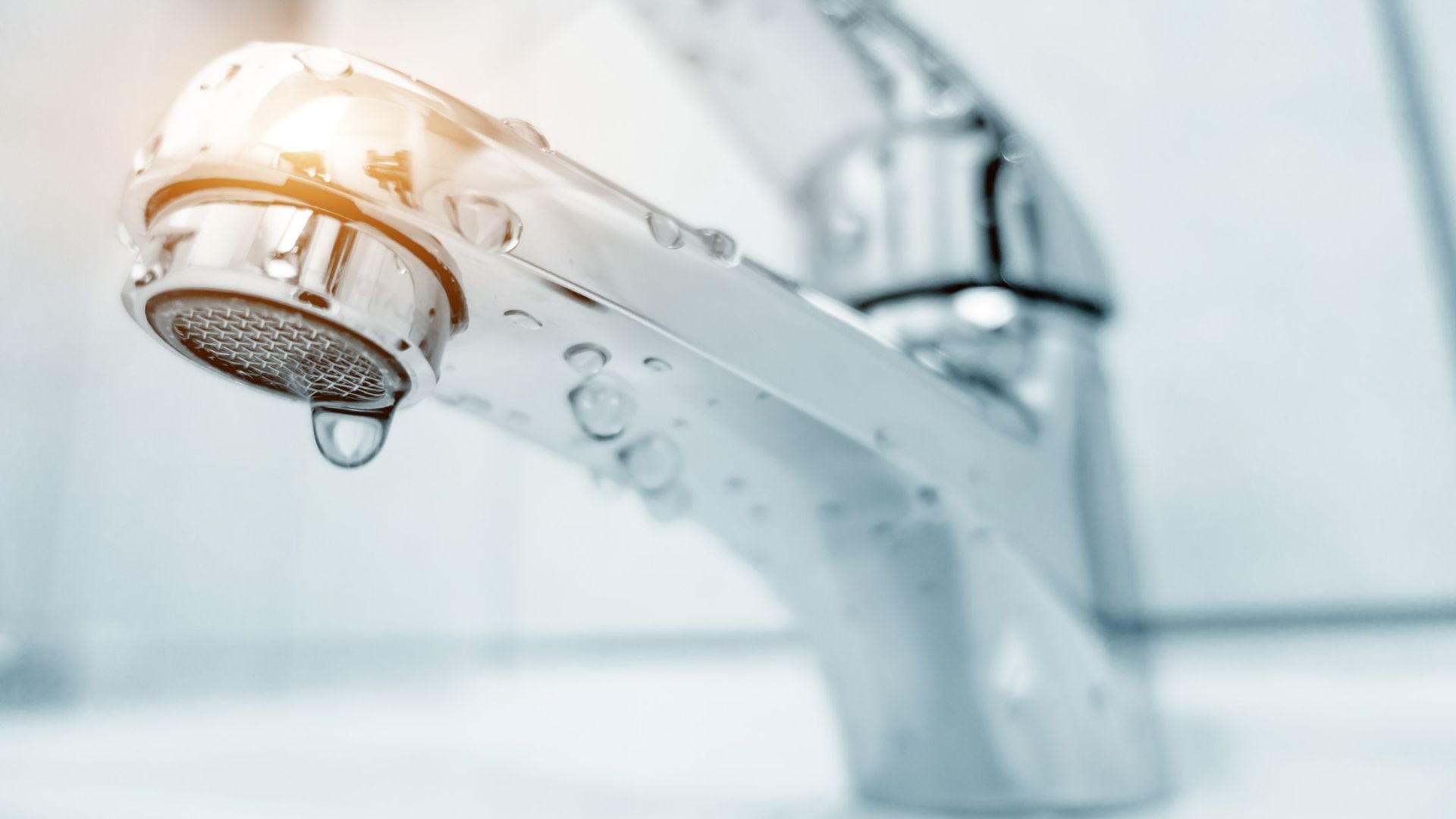Confirmed Methods for Managing Low Water Pressure in Your Home
Confirmed Methods for Managing Low Water Pressure in Your Home
Blog Article
Were you trying to locate critical information involving Dealing with Low Water Pressure in Your Home?

Low water stress in your home can be a discouraging issue, affecting whatever from showering to washing recipes. If you're experiencing weak water circulation, there are numerous possible causes and services to discover. In this overview, we'll review typical reasons for low tide stress and useful actions to address the problem successfully.
Intro to Low Water Pressure
Low tide pressure occurs when the flow of water from your taps, showers, and other fixtures is weaker than common. This can make daily jobs extra difficult and less effective. Understanding the reasons for low tide pressure is critical to finding the appropriate option.
Typical Reasons For Low Tide Stress
Pipeline Obstructions
Gradually, pipes can end up being blocked with natural resource, debris, or debris, restricting the flow of water. This is a typical problem in older homes with galvanized steel pipes.
Rust
Corrosion within pipelines can result in leaks and decreased water stress. Rust accumulation can restrict water circulation, especially in aging plumbing systems.
Faulty Stress Regulators
Stress regulators are in charge of maintaining regular water stress in your house. If they malfunction, it can result in low tide stress or uneven circulation throughout your home.
Metropolitan Water Supply Issues
In some cases, the issue exists outside your home. Community water system problems, such as main line leaks or maintenance job, can briefly lower water stress in your area.
Just How to Diagnose Low Water Stress
Checking Faucets and Components
Begin by examining the water pressure at different faucets and components throughout your home. If the concern is isolated to certain locations, it may show local troubles.
Examining Pipes
Inspect visible pipelines for indicators of leakages, deterioration, or blockages. Focus on any uncommon audios, such as banging or rattling pipelines, which might indicate issues within the plumbing system.
Consulting with a Plumber
If you're not able to identify the source of low tide pressure, take into consideration hiring an expert plumber to perform a thorough inspection. They can identify underlying concerns and recommend ideal services.
DIY Solutions to Take Care Of Low Tide Stress
Cleansing Aerators and Showerheads
Mineral deposits can build up in aerators and showerheads, lowering water flow. Get rid of and clean up these components consistently to boost water stress.
Flushing Water Heater
Debris buildup in the hot water heater can restrict flow and minimize efficiency. Flushing the container regularly assists get rid of sediment and keep ideal performance.
Inspecting Pressure Regulatory Authority
Guarantee that the stress regulatory authority is functioning properly. Readjusting or changing the regulator can aid bring back proper water pressure throughout your home.
Clearing Up Clogs in Pipes
For minor obstructions, try using a plumbing serpent or chemical drainpipe cleaner to clear obstructions in pipelines. Beware when utilizing chemicals and adhere to safety guidelines.
When to Call a Professional Plumber
If do it yourself efforts fail to fix the issue or if you think substantial plumbing problems, it's ideal to seek assistance from a licensed plumber. They have the experience and tools to deal with complicated concerns safely and efficiently.
Preventive Measures to Preserve Water Pressure
Routine Upkeep
Arrange regular maintenance for your plumbing system to avoid issues such as deterioration, leaks, and clogs. Addressing small issues early can help prevent more considerable repair services later.
Mounting a Stress Booster
Consider setting up a stress booster pump to improve water pressure in areas with constantly reduced flow. This can be particularly valuable for multi-story homes or homes with high-demand components.
Tracking Water Use
Be mindful of water use practices and prevent ill-using the plumbing system. Easy adjustments, such as incredible showers and laundry loads, can help keep sufficient water stress.
Verdict
Managing low water stress can be aggravating, but recognizing the underlying causes and executing suitable services can bring back optimal circulation throughout your home. Whether it's cleansing aerators, checking pipes, or speaking with a plumber, taking positive actions can ensure a steady supply of water for your day-to-day needs.
How to Fix Low Water Pressure In Your Home
Municipal Water Supply Issues
Scheduled maintenance, high demand, and water main breaks are all potential causes for low water pressure within a city or county’s water lines. While there’s not much you can do to personally fix a problem with your city or county’s water supply system, you can play a big role in documenting the issue and alerting those who can.
How to fix it:
Ask your neighbors if they are experiencing any issues with low water pressure. If multiple homes are affected, it’s likely related to the city’s water line.
Contact the local Water Authority to see if there is any maintenance taking place that might be affecting your supply. Also let them know of your specific issues. If other homeowners report the same issues, they’ll know that there could be a larger issue to look into.
Faulty Fixtures
A damaged or clogged shower head, faucet or appliance is the first thing we’d suggest checking, especially if low water pressure appears to be isolated to a specific area of your home.
How to fix it:
First, turn off the main water supply to your home.
Check the affected appliances for build-up or debris. In the case of a faucet, you can simply unscrew the aerator at the tip of the faucet. Showerheads should be fully detached from the water pipe.
While the appliances are detached, you may want to check the water supply to determine if the fixtures were in fact the issue.
To clean, soak the showerhead or aerator in vinegar and brush off any visible debris.
Reattach the fixtures and check the water pressure again. If it is still low, there is likely a deeper issue at hand, which can be determined by a professional plumber.
Pipe Obstructions
Mineral deposits, rust or other debris within water pipes can lead to blockages or corrosion over time.
How to fix it:
When you think of a clog, you probably think of a drain clog. While there are many DIY solutions to clearing a drain, clogs in a water pipe will almost always require the help of a professional plumber. A plumber will be able to locate the affected pipe and clean out any debris or mineral deposit buildup. In severe cases, the pipe may need to be replaced. Your plumber might also recommend a water softening system to remove the minerals from your home’s water supply that can contribute to pipe blockages over time.
Plumbing Leak
Undetected water line leaks can divert water away from your residential pipes, reducing the water pressure in your fixtures.
How to fix it:
Check your water meter by turning off all water sources and monitoring the meter for any movement, which could be a clear indicator of a potential leak.
Check all visible pipes for signs of leaking, including water stains, active dripping or damp spots around the pipe.
Inspect fixtures, including faucets and showerheads, for any drips.
Test the pressure but recording the pressure with the main water valve shut off. Leave off for a few hours and test again. A significant drop in pressure is a clear sign of a leak.
https://kiddcoplumbing.com/plumbing-blog/how-to-fix-low-water-pressure/

How to Fix Low Water Pressure In Your Home
Municipal Water Supply Issues
Scheduled maintenance, high demand, and water main breaks are all potential causes for low water pressure within a city or county’s water lines. While there’s not much you can do to personally fix a problem with your city or county’s water supply system, you can play a big role in documenting the issue and alerting those who can.
How to fix it:
Faulty Fixtures
A damaged or clogged shower head, faucet or appliance is the first thing we’d suggest checking, especially if low water pressure appears to be isolated to a specific area of your home.
How to fix it:
Pipe Obstructions
Mineral deposits, rust or other debris within water pipes can lead to blockages or corrosion over time.
How to fix it:
When you think of a clog, you probably think of a drain clog. While there are many DIY solutions to clearing a drain, clogs in a water pipe will almost always require the help of a professional plumber. A plumber will be able to locate the affected pipe and clean out any debris or mineral deposit buildup. In severe cases, the pipe may need to be replaced. Your plumber might also recommend a water softening system to remove the minerals from your home’s water supply that can contribute to pipe blockages over time.
Plumbing Leak
Undetected water line leaks can divert water away from your residential pipes, reducing the water pressure in your fixtures.
How to fix it:
https://kiddcoplumbing.com/plumbing-blog/how-to-fix-low-water-pressure/
I was guided to that article on 9 Reasons for Low Water Pressure in Your House through a good friend on a different web property. So long as you liked our article please make sure you remember to share it. Thank-you for taking the time to read it.
Call Report this page